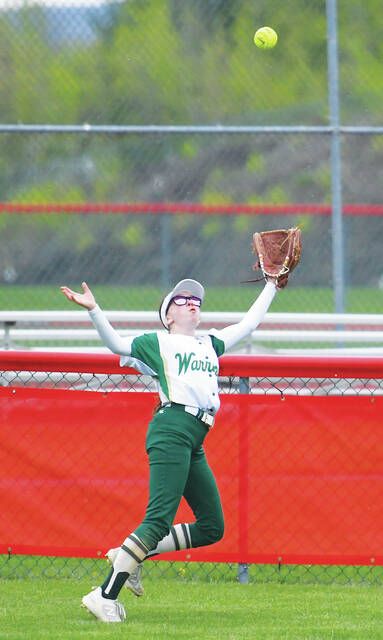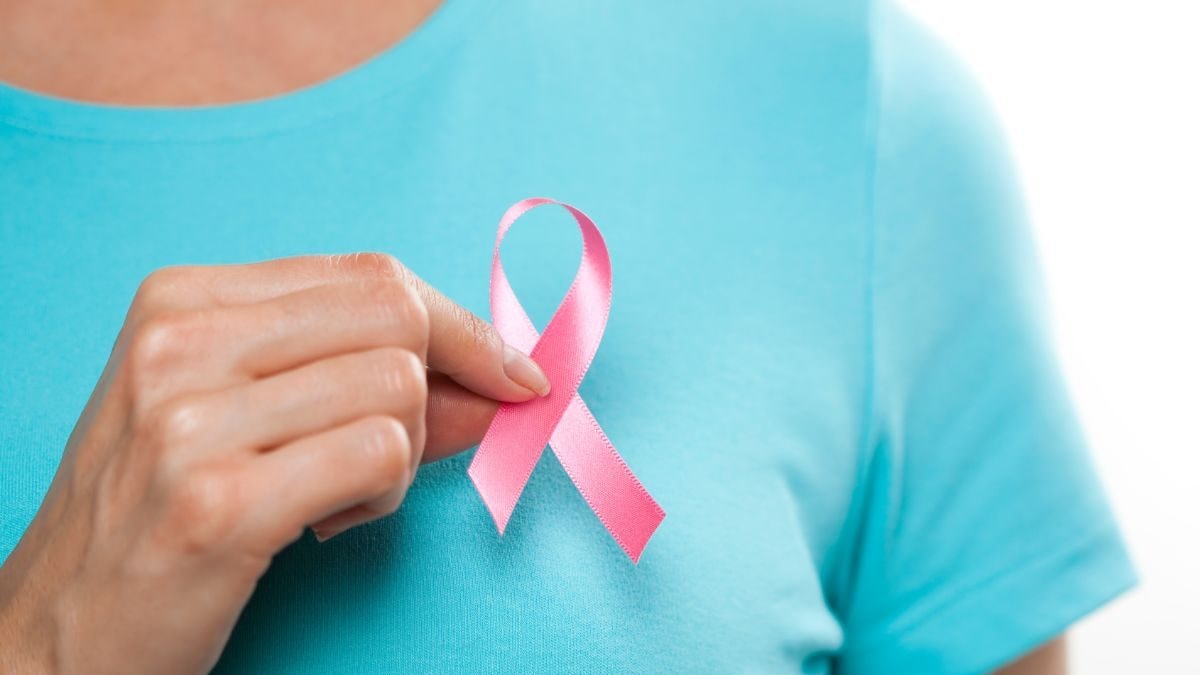Entertainment
Sissy Strolls bring queer people of color together in WeHo
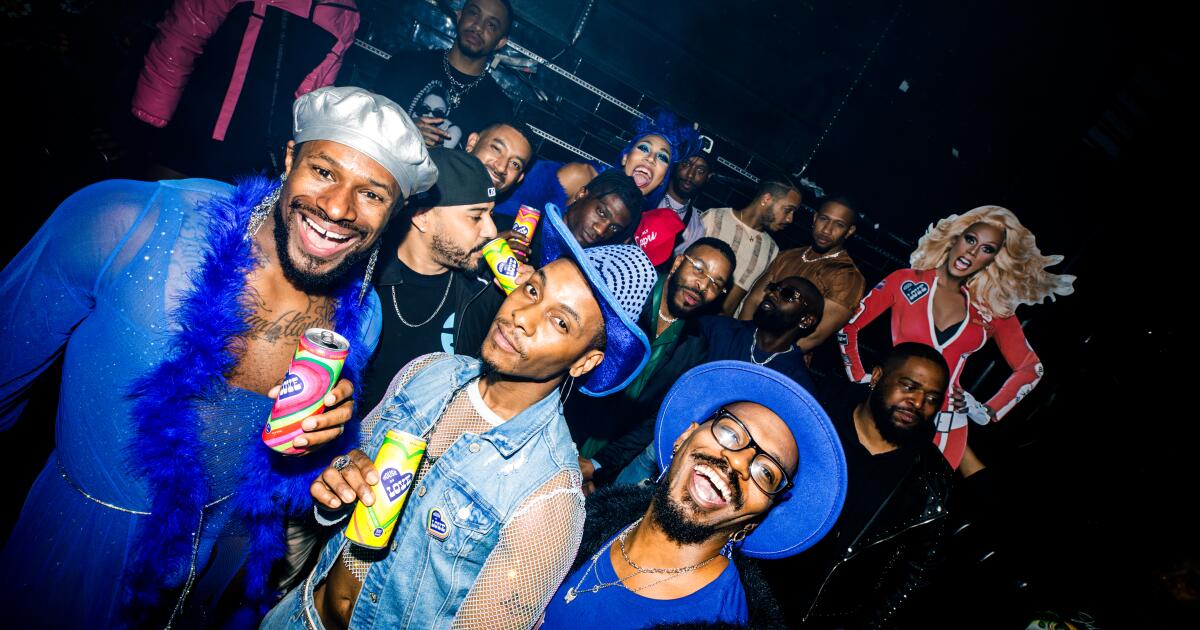
On Sunday nights in West Hollywood, the stretch of gay bars lining Santa Monica Boulevard look mighty different when a Sissy Stroll is underway. The monthly bar crawl, which includes the hot spots Revolver, Mickey’s and Heart, was created by dynamic trio the Sissy Squad. The mission? Curate a social hangout that prioritizes genuine connection among queer Black people, queer people of color and those who support them, while joyfully taking up space in WeHo’s notoriously white nightlife scene.
The Sissy Squad consists of Matthew Brinkley, a.k.a. Dr. Brinkley, a psychotherapist who focuses on relationship and queer life coaching; Neville, a.k.a. Aunt Jackie, an event producer and founder of Obtaining Mental Wellness Inc.; and David Brandyn, a writer and sex educator. In an effort to satisfy their appetite for stepping out on the town while at the same time addressing the lack of comfortable social spaces for queer people of color in West Hollywood, the group channeled their creativity and community-building skills into creating the change they wanted to see with support from partners House of Love Cocktails, Impulse Los Angeles and Obtaining Mental Wellness.
“When I first moved to L.A., I asked a friend of mine who grew up in L.A., ‘Where are the Black spaces where I can see myself?’” Brandyn says. “He said, ‘There are none. … It’s been a long time since we’ve had a space. But what you do is, you gather all the Black people and you infiltrate the space that you want to be in’ and I never forgot that.”
Sissy Strolls satisfy the group’s appetite for stepping out on the town while at the same time addressing the lack of comfortable social spaces for queer people of color in West Hollywood.
(Annie Noelker / For The Times)
“What I’ve always loved about the Sissy Strolls was that it was a curated safe space for queer people of color and their allies. It’s not exclusive,” Neville says, noting that people of all different racial and ethnic backgrounds, sexualities and gender expressions have enjoyed themselves on a Sissy Stroll. “It shows that ‘sissy’ can come in any form. Come drink these free drinks and pop around with us and dress how you wanna dress and tonight, we all sissies. It’s just a fun word and I love that we have led this renaissance with the word sissy.”
“Now personally, I wasn’t really called a sissy as a kid, I was called the f-word,” laughs Brandyn. “Sissy, to me, spoke to the f-word in a lighter way. It spoke to the way that folks have treated us, the damage that folks have done to us because of who we are, and reclaiming it just feels really good.”
It’s a moment when people attending a Sissy Stroll show up at the meetup location — and it’s an absolute vibe when the group enters a bar as a unit. “Those clubs look so different when we’re there. And when we leave those places, you get to see this storm of people of color walking down Santa Monica,” Neville says. “It’s really impactful. It’s like, OK, the Sissy Stroll is here.”
For regular attendees like Roy Covington, a musician and Virginia native who relocated to Los Angeles a year ago, the feeling is exhilarating: “Once you make it into the bar, everyone is there and people are there to greet you and they’re so happy to see you and it just feels so good.” Covington credits the genuine warmth of the Sissy Squad, whether they’re hosting the Sissy Stroll, a game night or another local event, with helping him make organic friendships while building a foundation in a new city. “Any event that the three fellas host is a very warm, loving and just come-as-you-are kind of experience. It’s so great and they just want everyone to have a good time.”
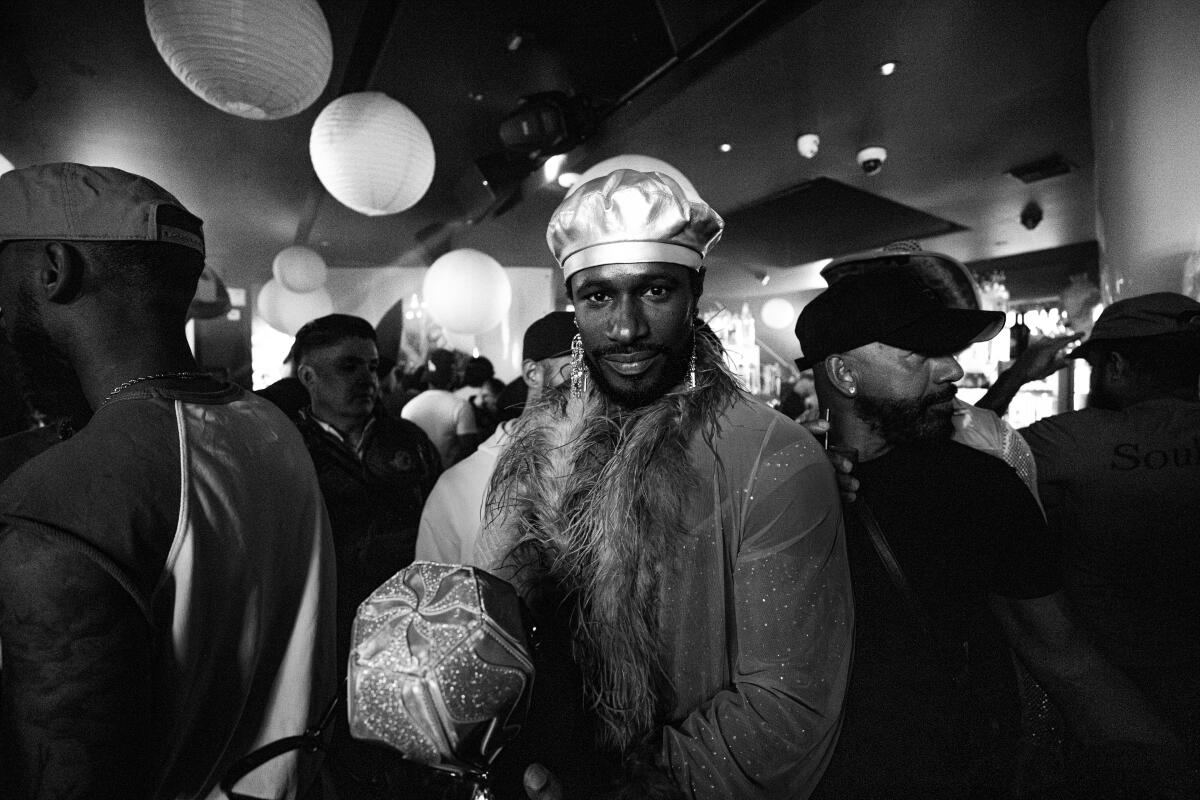
Matthew Brinkley, a.k.a. Dr. Brinkley, a psychotherapist who focuses on relationship and queer life coaching.
(Annie Noelker / For The Times)
The ritual of dressing for a Sissy Stroll is special for the three co-creators: thoughtfully applying glam, adorning oneself with feel-good accessories and being seen while each Sissy sparkles in their authenticity.
For Brinkley, serving a look is a mixture of feeling fabulous, important and powerful. “I feel like Sailor Moon when she transforms into herself to fight crime, or do whatever, that’s how I feel.” Brinkley’s aesthetic in a nutshell? “Something furry but sexy, tight — and I know my ass looks great.”
For Neville, who brings the maternal, auntie energy to the group, his fashion taste leans more modest. A statement hat with a big brim and in a variety of colors is a must. Flourishes like a rhinestone fringe or a leopard pattern peeking out underneath is to be expected, alongside a chunky heel or raised moon boot and an array of vibrant glasses and earrings.
“I’m more of the cool, rich auntie vibe. Like, you can go over to Auntie’s house and drink. You get to go to Auntie’s house and you might get to hit that blunt for the first time or if you’re not allowed to eat bacon at home, Auntie Jackie gon’ make sure to slip you a little piece of bacon,” Neville says. “During the Sissy Strolls, it’s like when Aunt Jackie puts on her good outfit to go find an uncle. Rich Auntie is stepping out and putting on her Sunday best, but in the gay way.”

Scenes from the black, queer bar crawl Sissy Stroll in WeHo – includes hotspots Revolver, Mickey’s and Heart. Created by the dynamic trio The Sissy Squad.
(Annie Noelker / For The Times)
Brandyn, on the other hand, enjoys rocking his signature combo of a masculine chain paired with a short mini skirt. Plus “an unconventional hat like a beret or cowboy hat,” an abundance of sparkles and rhinestones and a boot with a 5- or 6-inch heel. Something “tight on the top and loose on the bottom” is the motto.
Getting dressed for a Sissy Stroll can be an opportunity for playful experimentation when it comes to fashion, but it’s also a sacred form of inner child healing, explains Brandyn. “I dress for the little boy in me that really wanted to wear these clothes so badly but felt like he could not do it. That’s why my style is very late ’90s, early 2000s, ’cause that’s the age I grew up in,” he says. “When I’m with the Sissy Squad I know I can wear anything I want, I can behave any way I want, ethically of course. It gives us permission to truly just be whatever we want and that feels really good for us — and I’m assuming it feels that good for the folks who come on the stroll.”
For Ty White, 28, the Sissy Strolls have been an affirming space to make both personal and professional connections. “They cultivated a really nice space for people to network. I’ve met people who are hairstylists, some people do makeup, some people are producers for shows,” White says. A queer get-together with people who possess an understanding and a certain degree of cultural fluency from navigating the world as a fellow openly queer Black person has been a major plus for White.
“Even though places have the reputation of being occupied by a certain demographic and catering to a certain demographic even, it doesn’t have to be so lonely,” White says, referring to the prioritization of men who are “white, muscular, and under 130 pounds” in numerous gay spaces. “I encourage others to put themselves out there in any capacity for community-building because you never know how many people are having the same experience that you’re having,” he says. “I think the Sissy Stroll has done a great job of putting themselves out there … and pulling people in to create a community within a larger community and making people feel like they belong.”

“What I’ve always loved about the Sissy Strolls was that it was a curated safe space for queer people of color and their allies. It’s not exclusive,” Neville says.
(Annie Noelker / For The Times)
Beyond the Sissy Squad’s impact in Los Angeles, the group continues to leave its mark around the globe thanks to its show “Sissy That Psyche,” which streams worldwide on WOW Presents Plus. In the eight-episode series, the three hosts revisit and analyze “RuPaul’s Drag Race” meltdowns through a mental health lens — in fabulous outfits — and provide self-care tools viewers can apply in their day-to-day.
It’s not lost on the three Sissy Squad members that they are, as Neville puts it, navigating the world as “three chocolate men.” Colorism and the many other branches of racism and white supremacist culture are real and omnipresent. “It’s always kinda like, the extra stigma. We have a really cool way of representing three different points of view but looking like we’re together,” Neville says. “We are three chocolate men who play with androgyny, wear feminine clothes but still have this masculine edge to it and it’s really inspiring. People have literally come up to us and said thank you all for showing up this way.”
When you Google the word “sissy,” you’re sure to find a handful of definitions that list the word as a derogatory term for boys and men who are perceived as feminine, gay and existing outside patriarchal imaginings of acceptable masculinity. But as the Sissy Squad regularly affirms, a wealth of nuance and subversive power exists within the word.
“Basically, what they’re really saying is a person who has feminine qualities or who is femme-presenting [isn’t positive],” Brinkley says. “Actually that can be really great. That can be so amazing to have those qualities. Being soft can be very powerful and so I do think reclaiming it to make sense for us and the people who use it is really, really powerful. I hate the definition that’s in the dictionary [for the word sissy], but I’m so glad that we can look beyond that and create our own definition.”
Keep up with upcoming events hosted by the Sissy Squad on their Instagram @sissysquadla

Movie Reviews
The Fall Guy review: The Ryanaissance continues, while Emily Blunt shines in this screwball comedy
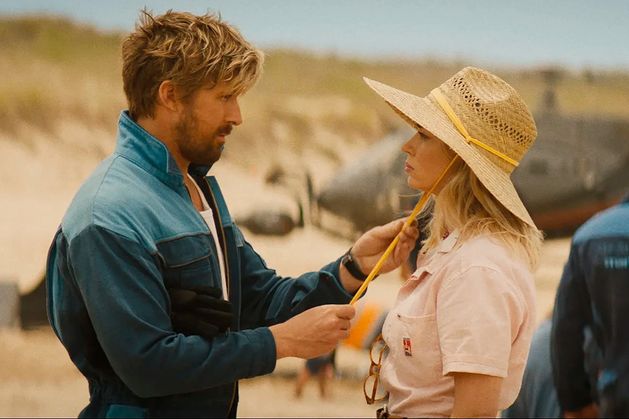
In cinemas; Cert 12A
Ryan Gosling and Emily Blunt in ‘The Fall Guy’
Colt Seavers (Ryan Gosling) was the best stuntman in the business before a nasty accident derailed his career. There is always a way back and, after a tetchy film producer reaches out, Colt agrees to dust off his jumpsuit for a big-budget sci-fi epic directed by his ex-girlfriend, Jody Moreno (Emily Blunt).
An awkward situation, and it gets weirder: the film’s leading man, Tom Ryder (Aaron Taylor-Johnson) is missing, and its producer Gail (Hannah Waddingham) thinks he may have fallen in with the wrong crowd. It’s up to Colt, then, to track him down, save the movie and win back the girl of his dreams.
Loosely inspired by the Lee Majors TV series, The Fall Guy makes a lot of noise, some of it not entirely unpleasant. Come for the fist-fights, the explosions, and the self-aware punchlines; stay for a classy screwball comedy about a broken-hearted filmmaker and her bumbling stunt performer.
The Ryanaissance continues, and Gosling is having the time of his life here. Blunt, meanwhile, is the beating heart of this daft presentation. David Leitch’s film is far too pleased with itself, but our handsome leads make it work.
Three stars
Entertainment
Review: In 'Wildcat,' director Ethan Hawke — and daughter Maya — bring a literary life to screen
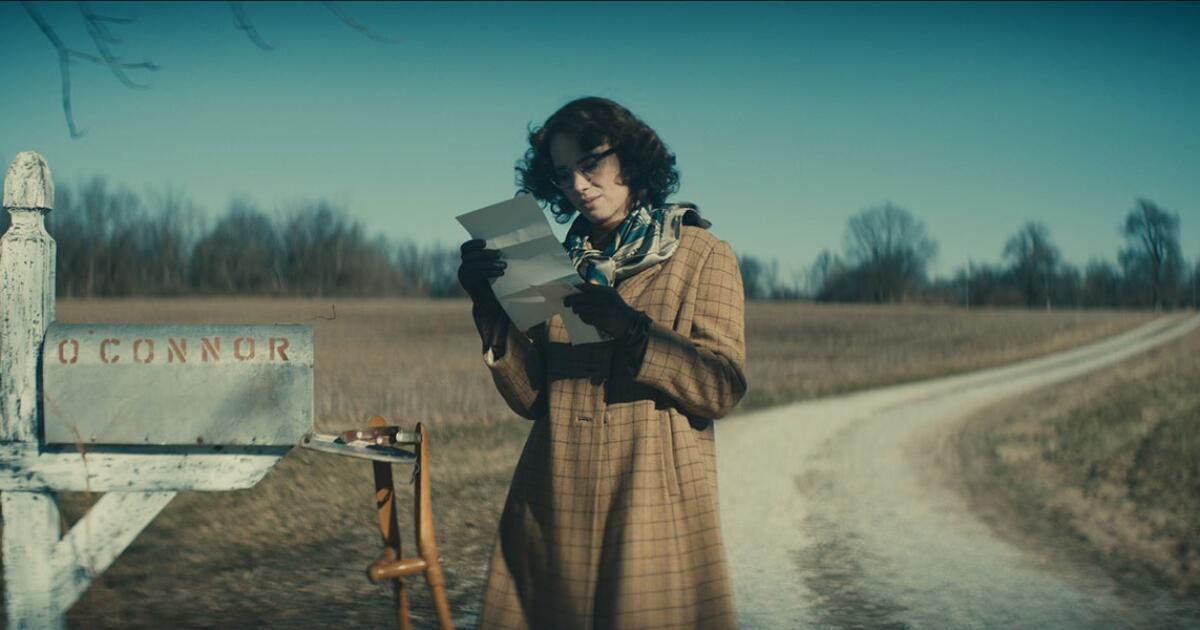
Flannery O’Connor’s thrillingly hard-edged tales about the unreconstructed South and its redemption-deficient malcontents will never lose their power to scratch us awake with their violence, humor and ugly truth.
Such great, complicated artists don’t deserve the shallow cradle-to-grave treatment common to so many biopics, and thankfully, Ethan Hawke’s new film “Wildcat” isn’t that. Rather, it’s a soulful, pointed and unconventional grappling with the mysteries of the deeply Catholic, norm-shattering Georgia native’s life and work. Concentrated on a pivotal time of promise and disappointment during O’Connor’s 20s, when her writing was getting noticed (as was the lupus that would eventually consume her), it’s anchored with aching intelligence by Hawke’s daughter Maya (“Stranger Things”), unrecognizably severe in cat’s-eye glasses and a frail countenance.
The Hawkes deliver a portrait of O’Connor in all her fiercely self-aware outsiderdom, whether standing firm against a patronizing New York editor (Alessandro Nivola) who believes she wants to “pick a fight” with her readers, or sternly defending her faith against glib comments at an Iowa Writers’ Workshop party. But we also see this O’Connor in weaker moments, shrinking in the presence of her protective mother, Regina (Laura Linney), when forced back home because of her illness, and almost crumbling in the presence of a priest (a wonderful Liam Neeson). Ethan Hawke’s screenplay, co-written with Shelby Gaines, was inspired by the letters to God that O’Connor wrote at the time, published posthumously as “A Prayer Journal” in 2013.
This stretch of ambition and setback from an all-too-short life is not all that’s served up in “Wildcat.” Maya Hawke’s acting duties also involve playing an assortment of O’Connor’s characters in abridged dramatizations of short stories — “The Life You Save May Be Your Own,” “Parker’s Back,” and a few other classic pieces. In the ones where bold, brash men bring thunder and change to unsuspecting young women (all Maya), scene partners Steve Zahn, Rafael Casal and Cooper Hoffman do memorable work.
These segments diverge in tone, color and movement from the muted palette and fixed compositions with which cinematographer Steve Cosens girds the biographical narrative. But they’re expertly threaded in, suggesting how a creative loner can experience flare-ups of imagination when the world reveals itself. Movies often struggle with conveying writerly inspiration, but these swatches earnestly make good on a potent quote of O’Connor’s that Hawke opens with: “I’m always irritated by people who imply that writing fiction is an escape from reality. It is a plunge into reality and it’s very shocking to the system.”
Linney, meanwhile, at the top of her game, is another constant in multiple roles, vividly rendering a handful of O’Connor’s fictional mothers (including the self-righteous women from “Revelation” and “Everything That Rises Must Converge”). Before she even shows up as poised, old-fashioned Regina, picking up her suffering daughter at the train station, we’ve seen her in a couple of these adaptation bursts (including a clever rendering of “The Comforts of Home” as a trailer for a lurid ’60s B movie).
And yet, surprisingly, Linney’s and Hawke’s doubling duty never comes off as cheap psychologizing of the writer’s relationship with a parent who didn’t get her. It feels broader than that. (At the same time, O’Connor’s own views on race, the source of much reputational reassessment, aren’t exactly laid bare here, but neither are they ignored.) The symbolic payoff in Ethan Hawke’s brilliant use of his daughter and Linney is that we grasp both the intense narrowness of O’Connor’s subject matter as well as the rich versatility within her gothic archetypes.
Coming on the heels of director Ethan Hawke’s excellent docuseries “The Last Movie Stars,” about Paul Newman and Joanne Woodward, “Wildcat” shows that his gifts in front of the camera are being complemented behind it, too, especially when the subject is a life woven through with art, passion and pain.
‘Wildcat’
Not rated
Running time: 1 hour, 48 minutes
Playing: AMC Century City
Movie Reviews
Movie Reviews: ‘Challengers’
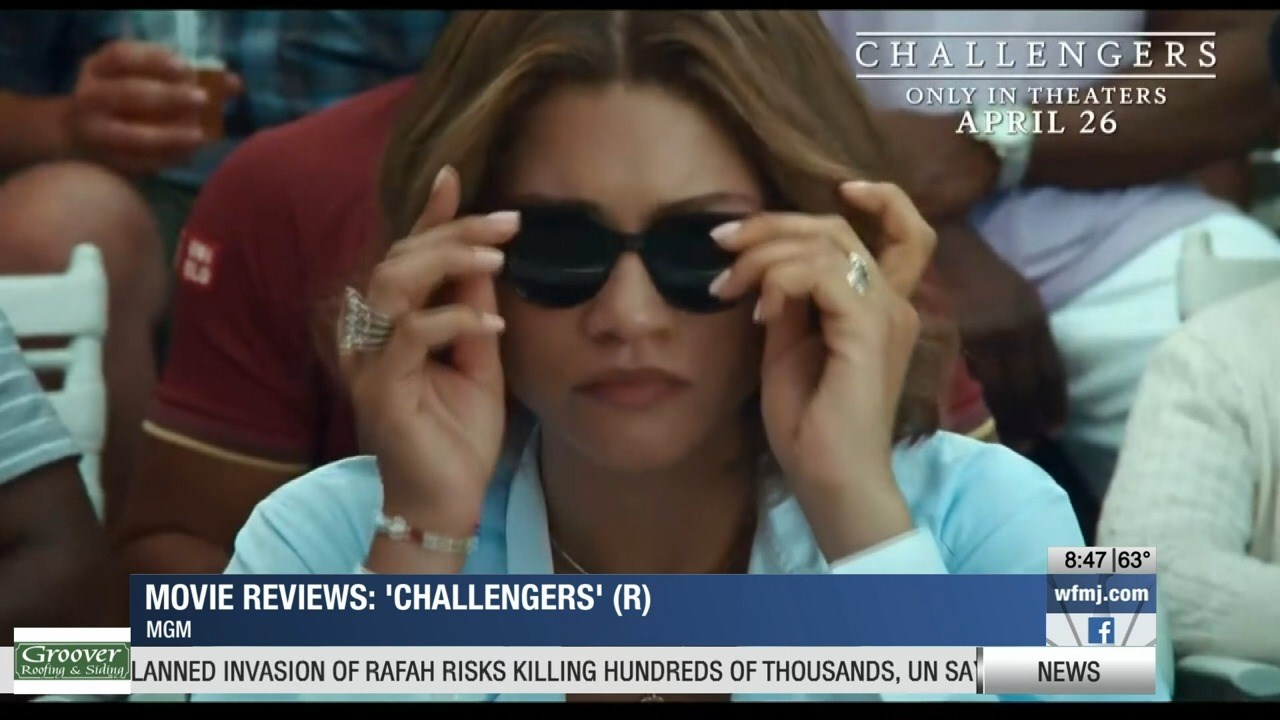
All content © copyright WFMJ.com News weather sports for Youngstown-Warren Ohio.
WFMJ | 101 W. Boardman Street | Youngstown, OH 44503
-

 News1 week ago
News1 week agoFirst cargo ship passes through new channel since Baltimore bridge collapse
-

 World1 week ago
World1 week agoHaiti Prime Minister Ariel Henry resigns, transitional council takes power
-

 World1 week ago
World1 week agoSpanish PM Pedro Sanchez suspends public duties to 'reflect'
-

 News1 week ago
News1 week agoAmerican Airlines passenger alleges discrimination over use of first-class restroom
-

 Movie Reviews1 week ago
Movie Reviews1 week agoAbigail Movie Review: When pirouettes turn perilous
-

 World1 week ago
World1 week agoEU Parliament leaders recall term's highs and lows at last sitting
-

 Science1 week ago
Science1 week agoMosquito season is upon us. So why are Southern California officials releasing more of them?
-
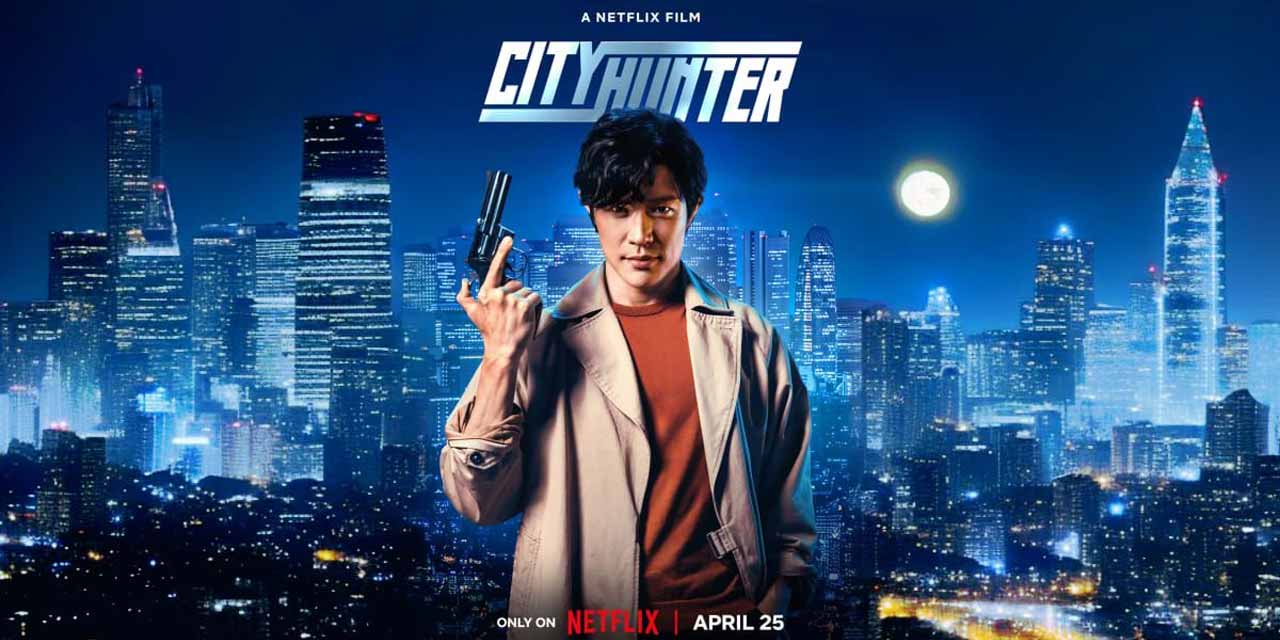
 Movie Reviews1 week ago
Movie Reviews1 week agoCity Hunter (2024) – Movie Review | Japanese Netflix genre-mix Heaven of Horror
